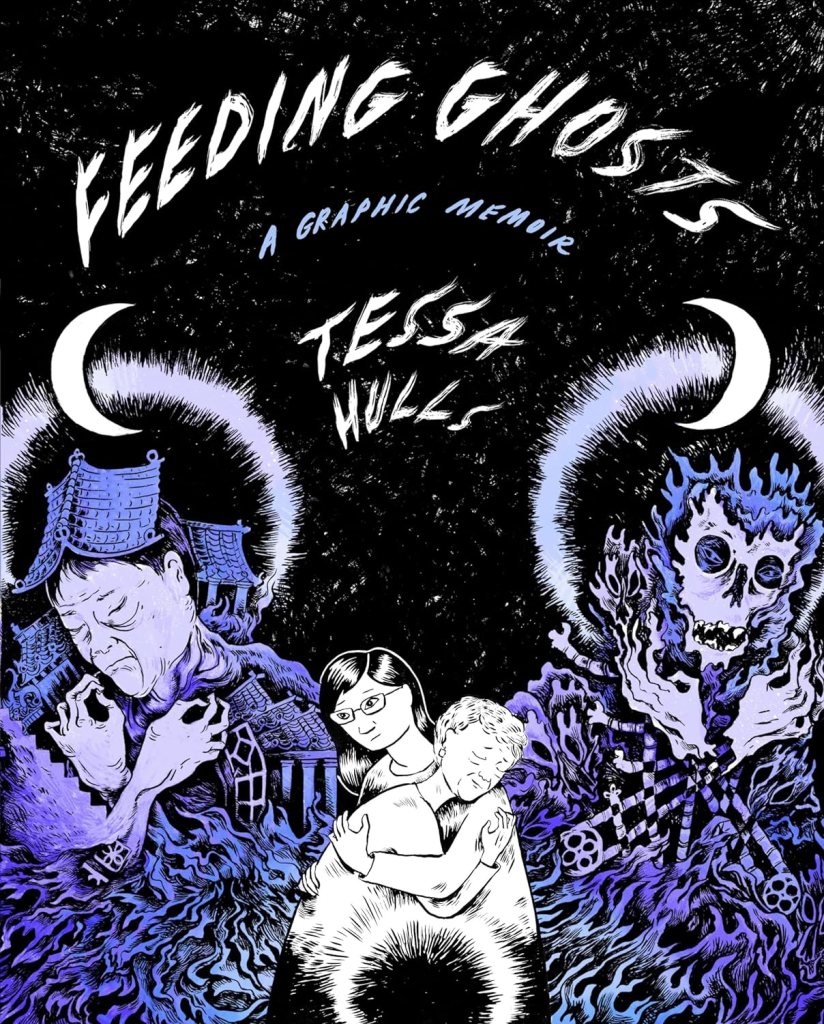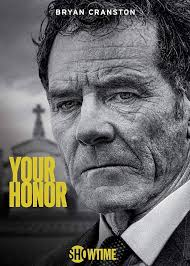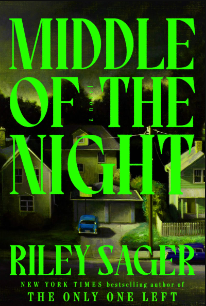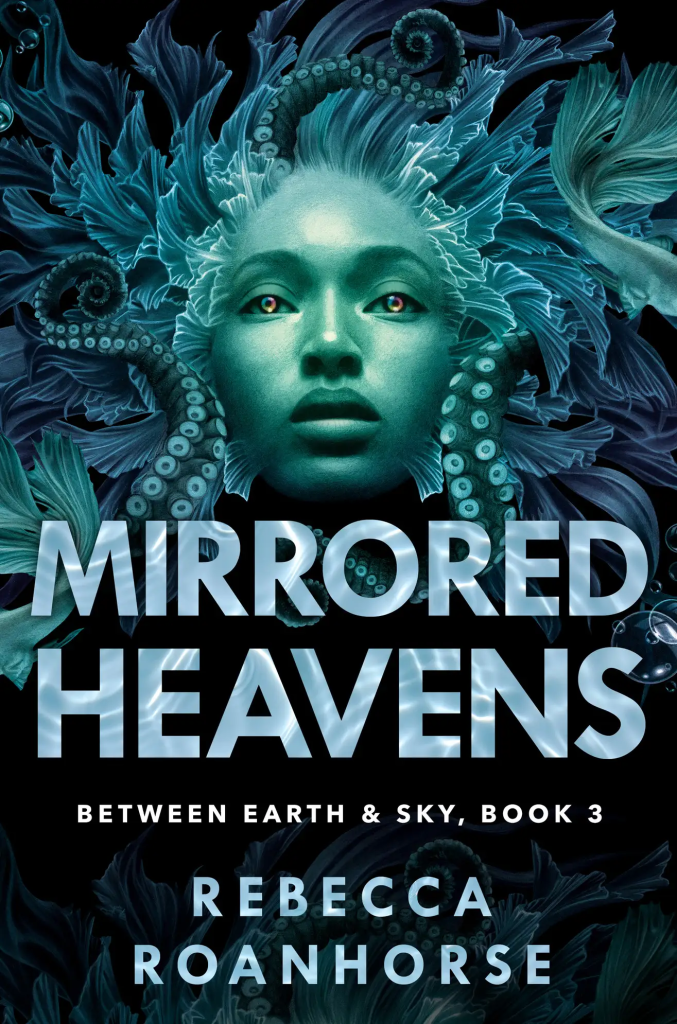This post may contain affiliate links for books we recommend. Read the full disclosure here.

Book: “A Rivalry of Hearts” by Tessonja Odette
Publishing Info: Crystal Moon Press, June 2024
Where Did I Get this Book: NetGalley!
Where Can You Get this Book: WorldCat.org | Amazon | IndieBound
Book Description: Two rival writers.
One prestigious publishing contract.
A bargain of hearts and seduction.
They say never bargain with the fae. They also say don’t get drunk on fae wine. Yet romance author Edwina Danforth has managed a blunder with both on her first visit to the infamous faelands. Now she’s trapped in a magic-fueled bet she barely remembers with a man she’d be happier to forget. The terms? Whoever can bed the most lovers during their month-long dueling book tour wins a coveted publishing contract.
The win should be easy for Edwina. She’s known for penning scintillating tales of whirlwind romance. There’s just one her imagination vastly exceeds her bedroom experience. But when failure means plummeting her career back into obscurity, losing isn’t an option.
Her handsome fae rival, William Haywood, poses an even greater challenge. Not only are his looks as aggravatingly perfect as his track record behind closed doors, but he has his own reasons for playing to win, and he won’t go down without a fight. Unless, of course, it’s a different kind of going down. In that case, he’s fair game.
Edwina and William clash in a rivalry of romance. But what happens when their objects of desire…turn out to be each other?
Review: I requested this one from NetGalley kind of on a whim. On one hand, it sounded like the kind of book that would be right up my alley: historical fantasy with a hefty dose of humor and romance! But on the other hand, I’ve been burned by the “cozy” subgenre of fantasy/romance many times in the past, so I’m always fairly apprehensive, especially when reading a new-to-me author. But this book is proof that it’s good to still go out on a limb with these things! Not only did I enjoy this book, but now I have an author with a back catalog that I can’t wait to check out!
There was so much to like about this book that I’m not quite sure where to start! I guess what it often comes down to with books like this, for me, is tone. How well does the author manage to capture the voice of her characters and do these inner voices translate into the cozy nature of the story itself. And on both counts, the answer is definitely yes! The banter was excellent, often leaving me chuckling aloud. And each main character perfectly balanced their growing interest in the the other character alongside a more meaningful personal arc. While the narrative was sweet and funny throughout much of it, this added level of heart helped balance out the book into a well-rounded finished product.
I also really liked the way the romance itself played out. This was very much a rivals-to-lovers scenario, but the author wisely didn’t draw out the rivals aspect of it beyond the point of reason (something that I often see in other romances like this, the same with enemies-to-lovers). Importantly, while their “rivalry” starts out in the typical “bad first impression” manner, as the story progresses, each character is given real stakes behind why they must compete with the other. I also enjoyed the “he falls first” aspect of this romance, especially given William’s unique backstory with regards to forming attachments and affection.
For her part, Edwina was an excellent leading character. I’d have to go back and check, but I believe we get more chapters from her perspective than Will’s, and this makes sense as she’s the avatar for the reader, also experiencing the land of Fae for the first time. I also enjoyed the overlay of Edwina’s life in the human world with all of the historical outfittings that come with that now travelling through the land of Fae that has very different fashions and cultures.
This was a blast of a read in pretty much way! This is definitely a spicy romance, so keep that in mind if you pick it up. That said, I think these scenes were done well, being both romantic and, notably, not off-putting with weird word choices and out-of-character actions. The plot is fairly straight forward, as you might expect. But the lovely characters, sweet romance, and bright sparkling world more than made up for it! Plus, we are introduced to the next couple in line to get a story, and I’m definitely going to check out that book the second it comes out!
Rating 8: Whimsical and romantic, this is a great book for any cozy fantasy fan looking for their next spicy read!
Reader’s Advisory:
“A Rivalry of Hearts” can be found on these Goodreads lists: Pink Flowers – Covers and June 2024 Most Anticipated Romance Releases.














